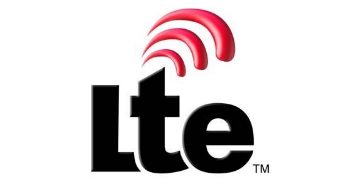In a follow on to today’s earlier announcement, Nokia Networks continued with its pre-Super Mobility Week announcements. The latest focuses on WiMAX to TD-LTE Advanced migration. There are three topics addressed in this latest announcement.
3.5 GHz TD-LTE radio with integrated Wi-Fi
This new radio is for use with the Nokia Networks Flexi Multiradio 10 Base Station in order to allow for operators to migrate from WiMAX to a TD-LTE-Advanced network while reusing the majority of their infrastructure. The infrastructure categorized for reusability includes spectrum, towers, base station sites, power systems, antennas, cabling, backhaul and most of the network operations center investments. Nokia claims this is the industry’s first 3.5 GHz radio with TD-LTE-Advanced carrier aggregation capabilities.
UL_COMP software
This feature is designed to deliver improved uplink gain at the cell edge compared to WiMAX, resulting in a better upload experience for the end user. The UL_COMP feature is part of the LTE-Advanced standard and is used to improve network capacity and coverage at the cell edge. This software increases efficiency by enhancing the uplink signal, reducing interference and processing signals from multiple cells via one terminal.
TM9 beamforming
Moving to TM9 beamforming reportedly improves downlink performance compared to the previous TM8 technique. TM9 beamforming is a transmission mode related to LTE-A designed to enable improved performance with reduced overhead.
The data demands of the end user continue to rise as new technologies and increasingly bandwidth-hungry online content continue to impact the mobile operators’ network infrastructure requirements. Concerns about power consumption, interference, lack of FDD spectrum, support of the latest end-user devices and the lower data speeds supported by WiMAX compound these issues. The ability to transition to the 3.5 GHz/Band 42 provides operators with 200 megahertz of spectrum for additional capacity. Nokia has conducted spectrum studies related to 3.5 GHz/Band 42 to understand the level of applicability to the market. It found that this spectrum is allocated in approximately 70 countries and could enable roughly 250 spectrum owners to make this transition.
“TD-LTE is now a globally deployed technology with a rich ecosystem, and its convergence with FDD-LTE makes it more attractive for many mobile operators,” said Zhang Qi, VP of TD-LTE at Nokia Networks. “Our Single RAN Advanced Flexi Multiradio 10 Base Station for TDD and FDD makes a strong case for WiMAX operators to migrate now and reap the benefits from their existing investment in spectrum, backhaul, cabling, towers and energy. It will also help them be ready for TDD-FDD carrier aggregation.”
You can access today’s press release here.

